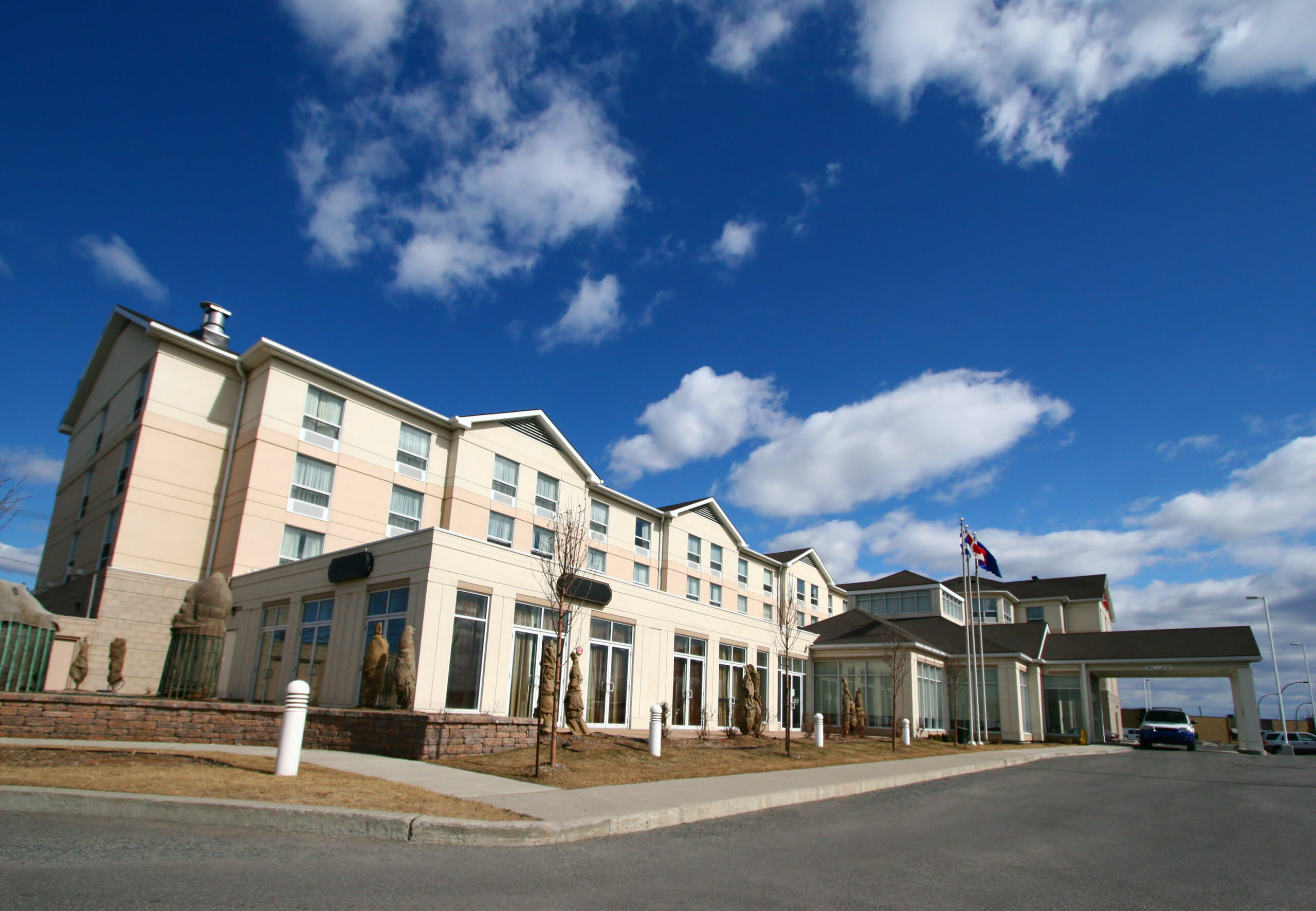
At what age is a Senior Living Community Obsolete? – by Jason Punzel
At a certain age, virtually every type of real estate will become functionally obsolete. Thus, at what age is a Senior Living Community obsolete? We have found it is a matter of functionality more than age.
In today’s competitive world, Assisted Living Communities that are former Skilled Nursing Facilities tend to have challenges with occupancy. Often times they have shared bathrooms, small one-room units and limited common areas. With lower acuity residents, private bathrooms and ample common area space are a necessity to attract private pay residents. Larger units that can function as Independent or Assisted Living have great appeal to allow residents to age in a place.
Skilled Nursing:
Skilled Nursing Facilities that have 3 and 4 bed wards (rooms) are very difficult to fill. Often times the total bed count needs to be reduced to allow for mostly private or two bed rooms. Even if the facility is accepting Medicaid residents, two residents per room tends to be the maximum that is acceptable today.
Other challenges include long narrow hallways, low ceilings, and poor lighting. Depending on the layout, these challenges can be very difficult to rectify. This was a common design for older Skilled Nursing Facilities. However, even some Assisted Living Communities built in the 1980s and 1990s have this functionally obsolete layout.
Conclusion:
For communities that lack private bathrooms and have small rooms, sometimes a focus on higher acuity Assisted Living and/or Memory Care is a solution. Unfortunately, not all communities with these challenges can focus on high acuity residents. If the community is located in a highly valuable location, the best solution may be to rebuild new.
Contact Info:
To discuss the age, functionality and sale ability of your Senior Living or Skilled Nursing Community please contact Jason Punzel at 630-858-2501 x 233 or punzel@slibinc.com.



